Reading time is approximately 2 minutes.
In 1893, the Armagnac Gascogne vineyard covered an impressive area of 108,000 hectares. However, the beginning of the 20th century marked a turning point for the vineyard with the arrival of phylloxera. This pest which decimated a large part of the vines. By 1909, the vineyard area had been reduced by more than half, covering only 50,000 hectares.
The decrease in surface area
The following decades continued to see a decrease in vineyard area. A census in 1979 indicating 35,000 hectares under the Armagnac appellation, including 21,600 hectares dedicated to the production of distilled wines. By 1988, the area had declined further, leaving only 18,800 hectares. However, this period marked a stopping point in the decline phenomenon, initiating a phase of stabilization.
Stabilization of the vineyard
Today, the Armagnac Gascogne vineyard stabilizes at around 20,000 hectares. This stabilization is accompanied by an evolution in the composition of the vineyard. As well as with a progression of grape varieties not intended for distillation. These grape varieties, mainly white varieties, are planted for the production of Côtes-de-Gascogne wines, thus enriching the wine diversity of the region.
Among the potential of 11,000 hectares of Armagnac grape varieties, 5,200 hectares have been identified with the INAO (National Institute of Origin and Quality) for the production of Armagnac. To be recognized, these vines must meet strict criteria, such as a minimum density of 3,000 vines per hectare and a size limiting the number of vines to 80,000 per hectare.








